Indian Air Force (IAF) crashes: “Big Stigma on its Gallantry and Intrepidity”
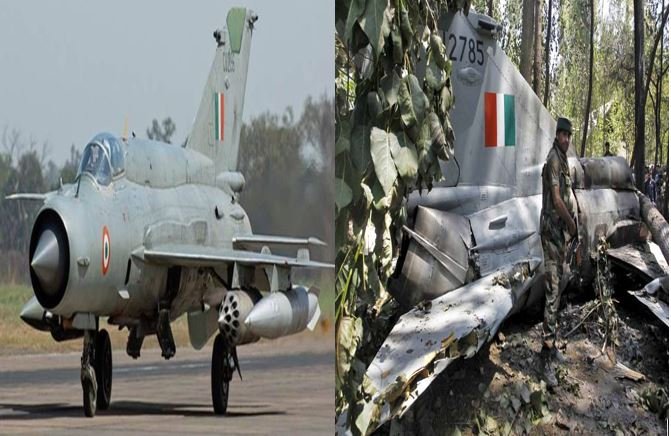

Indian Air Force (IAF) has always been considered as the backbone of India’s Defense. Indian Air Force had proved to be extremely frantic when it comes to protecting India’s border.
In all 3 wars, India fought with arch-rival Pakistan, IAF had almost annihilated Pakistan Airforce every time and was very critical in bringing Pakistan Defense forces to its knees.
During the 1965 war, IAF launched many airplanes, a combination of de Havilland Vampires and Dassault Mystère IVs to blunt the Pakistan Air Force attacks.
The story of IAF gallantry during 1971 is no different. During the 1971 War, IAF indignantly obliterated Pakistan Air Force during many operations on both the Eastern and Western Border.
Everyone must have the proud sweet memories of IAF Planes pounding Pakistani intruders during the 1999 Kargil war. India Air Force launched its operation in Kargil War, with the code name of “Operation Safed Sagar”. It was a massive task for IAF to give support required for Indian Infantry Units in the world’s highest and toughest battle zone. Flying from the fields of Srinagar, Avantipur, and Udhampur ground attack aircraft MiG-21s, MiG-23s, MiG-27s, Jaguars, and the Mirage 2000 were ready to strike on the positions occupied by the Pakistan army’s infantry units under the facade of terrorists and intruders. This was the very first time, fighter aircraft were given orders to fire on the enemy after the 1971 war.
Hoverer, IAF chivalry is put into question when its Aircraft met with an accident. Since the inception of the Airforce, it has suffered huge losses both in terms of men (pilots) and material (Aircrafts).
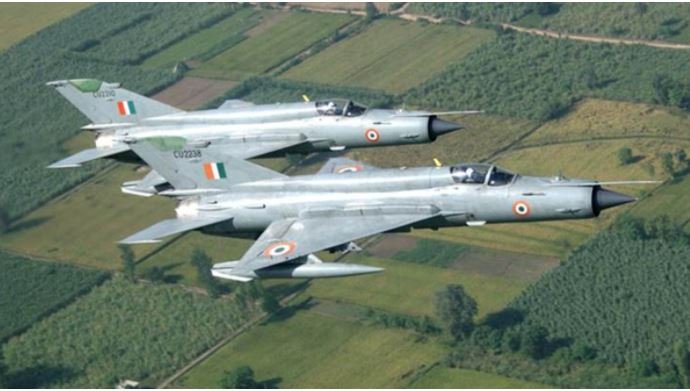
Today, a total of 33 fighter aircraft squadrons IAF holds. Each squadron has 16 aircraft plus two trainer aircraft, which are two-seaters. This amounts to over 500 fighter aircraft, which according to defense experts is not the adequate strength to ensure the air defense of Indian airspace against both her adversaries of Pakistan and China in case of a two-front war in her western and eastern borders. The IAF’s sanctioned strength is also a force level of 42 fighter squadrons to fight a two-front war, with Pakistan and China simultaneously.
The question often asked is that how logical is the rationale for a 42-squadron fighter aircraft fleet today in the context of aircraft mid-life upgrades, attack helicopters, airborne warning, and control system platforms?
Let’s dig the history a little bit…
Every Indian is aware of the industry icon and Indian aviation pioneer JRD Tata, who held the honorary two-star general IAF rank of Air Vice-Marshal. Sir Tata headed a committee in the early 1960s to study the requirements for a fighter aircraft fleet. Its recommendations made the government authorize a force level of 42 fighter squadrons to counter threats from erstwhile West Pakistan, East Pakistan (Now Bangladesh), and China.
After the recommendation, the next challenge in front of the Nehru Administration was which aircraft to induct as at that time the IAF was still flowing World War II vintage US-built Liberator bombers, among others. The Soviet build MiG-21 and other series of MIG often called “The Workhorse Of The Fighter Fleet”, was yet to join IAF service.
During the Cold War Era, Non-Aligned India looked to the erstwhile Soviet Union for its Aircraft requirement And, subsequently, the mainstay of the IAF’s 42 squadron strength was the Soviet-era MiG-21 aircraft and its variants with different weapon payloads or armament carrying capacities.
However, after the breakup of the Soviet Union, IAF also started searching for other options to expand its aircraft fleet. Now, IAF’s fighter fleet consists of the MiG-21 BIS, the Jaguar, the French Mirage 2000, MiG-29, Sukhoi-30 MKI, and homemade indigenous Tejas light combat aircraft, the last in squadron service since 2018, besides the British Hawk, inducted in 2004.
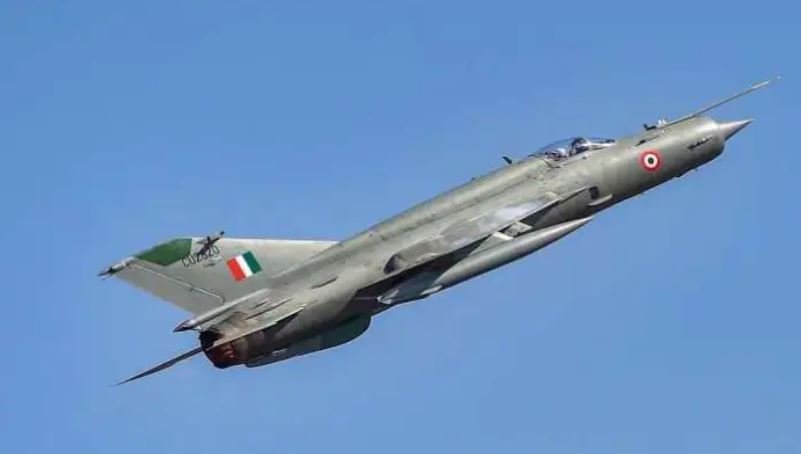
India’s squadron of MiG-21 BIS, Jaguar, Mirage 2000, MiG-29. The MiG-21 BIS, Jaguar, Mirage 2000, and MiG-29 have all undergone mid-life upgrades, which involved embedding their avionics with superior hardware and software to improve weapon payload, navigation, and radar capabilities. The latest updates have provided the aircraft with superior firepower, accurate weapon delivery, modern avionics for pilot-friendly navigation, and better communication with the ground and other flying platforms. It categorizes them as fourth-generation or fourth-plus generation fighters. The recent acquisition of Rafale, with superior armament and avionics capability, is a fourth-plus-plus generation fighter aircraft[1].
All these aircraft have mid-air refueling capability — a tanker aircraft can refuel them in the air to enhance their flying range, aimed at long-range strike against enemy targets except the Soviet build and later upgraded MiG-21 BIS squadrons which are 3 in number. The induction of the Russian Illushyin-78 mid-air refueller tanker aircraft in 2003 added to the force’s combat capability in terms of the long-range strike.
According to Defense Pundits, IAF’s 12 squadrons of Sukhoi-30 MKI have gradually replaced the MiG-21 BIS. The Sukhoi-30 MKI aircraft is superior to the MiG-21 in all aspects – weapon payload, fuel storage capacity, and mission capabilities. The Sukhoi-30 MKI aircraft can carry an 8.5-ton weapon payload, while the MiG-21 BIS carries only two tons of armament. Therefore, in terms of firepower or weapon payload alone, a Sukhoi-30 MKI is as good as four MiG-21 BIS aircraft.
While comparing these aircraft as far as range of operation, the Sukhoi-30 MKI has a much longer range than the MiG -21 BIS, to fly from airbases well within Indian territory (Defense in Depth) and attack targets deep inside enemy territory. Its mid-air refueling capability enhances the Sukhoi-30 MKI’s longer flying range and greater ‘LOITER’ time in the air. It can undertake both air defense and ground attack missions. Therefore, 12 Sukhoi-30 MKI aircraft squadrons are equivalent to 24 MiG-21 BIS aircraft squadrons.
IAF excellence is at par with the World’s best Airforce. IAF in 2009, acquired AWACS (Airborne Warning and Control System) aircraft equipped with radars, sensors, and computers. These ensure optimum employment of air defense aircraft to engage intruding enemy fighters, freeing up many aircraft for other missions. The AWACS are thus effective ‘force multipliers’ that strengthen aerial combat capability.
Today, the IAF’s air defense role can be supplemented with air-to-surface missiles like the S-400, which India has received the first batch from Russia, besides the ongoing Indo-Israeli joint missile development. Missile systems are more agile and transportable. For instance, air-to-ground missions are also supplemented with surface-to-surface missiles. Hence, the need for more aircraft to perform these roles should diminish accordingly.
Attack helicopters in IAF also contribute to her combat capability. The IAF has US-built Apache helicopters, besides the Soviet-era Mi-25/35, and the HAL-made advanced light helicopter adds to air-to-ground capability. The helicopters supplement the ground attack aircraft, especially on the forward edge of a battle area.
While comparing IAF with our neighbors, Pakistan with 450 fighter aircraft, has only 18 F-16 fighters with contemporary technology. The rest of its fighter fleet has obsolescent technology. China has 2,100 fighter aircraft, but it also needs to deploy them elsewhere for national air defense management. Therefore, Beijing cannot employ its entire fighter strength against India.
These aircraft were used for air defense as well as strike and air-to-ground missions. Now, IAF wants to retire many of them from its squadron service, except for some modified MiG-21 BIS (Bison) squadrons. It is expected that these aircraft, will exit the IAF over the next few years.
Whenever IAF crashes, the first thing which crosses our minds is the well-being of our pilot.

An aircraft accident/incident is an occurrence not directly caused by enemy action. It involves one or more aircraft resulting in injury to persons and/or damage to aircraft and property.
Below is the long list of losses each IAF squadron has suffered from1947 to 2000 [2]. It clearly indicates that IAF has met thousands of accidents and lost hundreds of its trained Pilots and Aircrafts incurring the loss of our decorated men and materials worth millions of dollars.

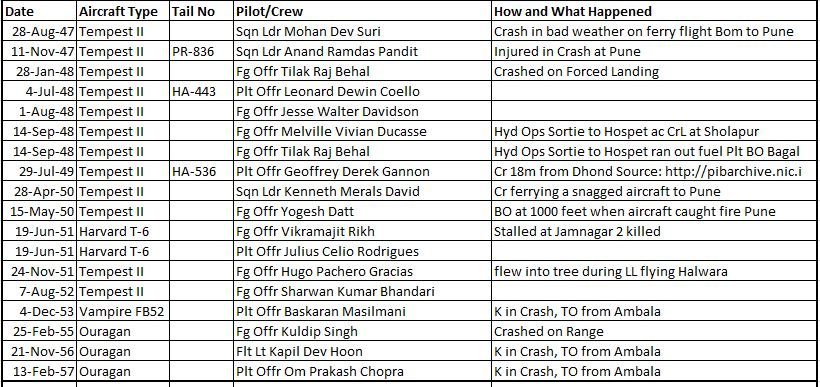
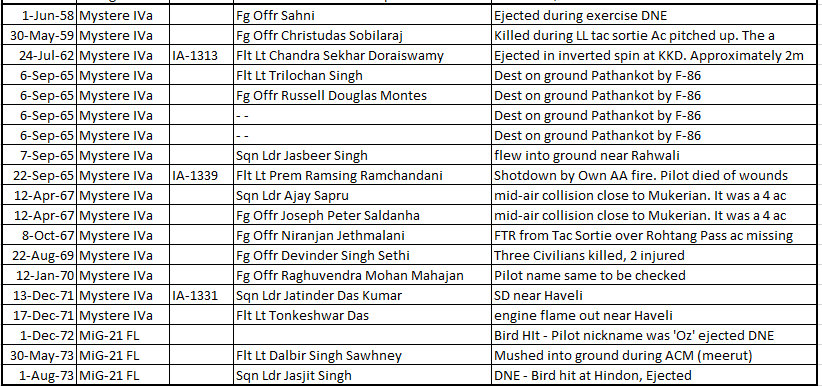

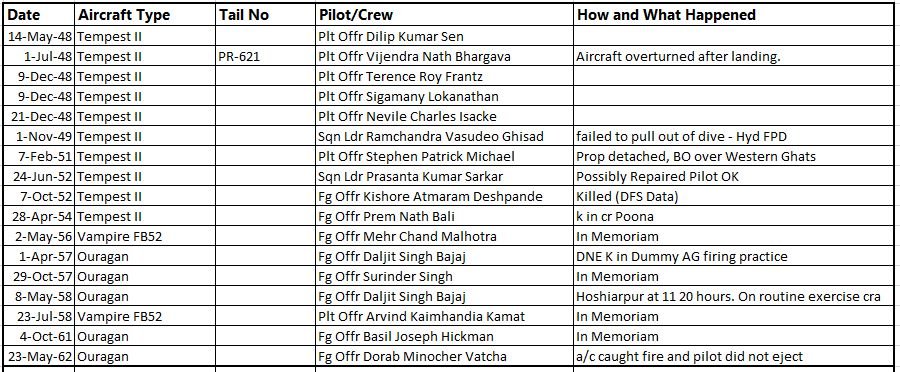


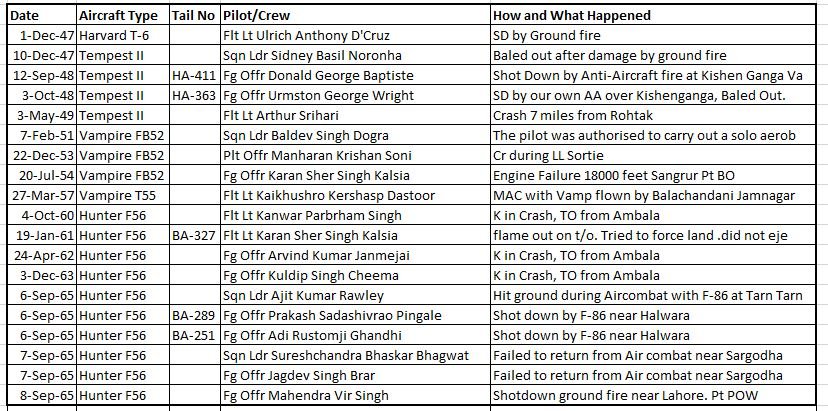

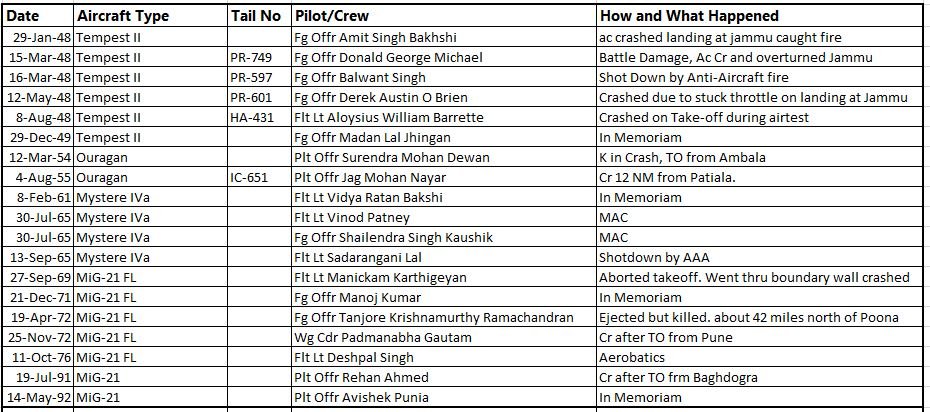





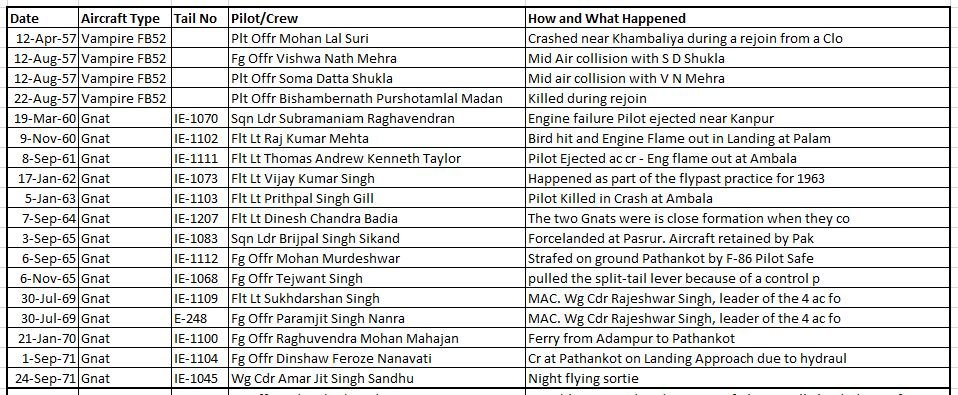


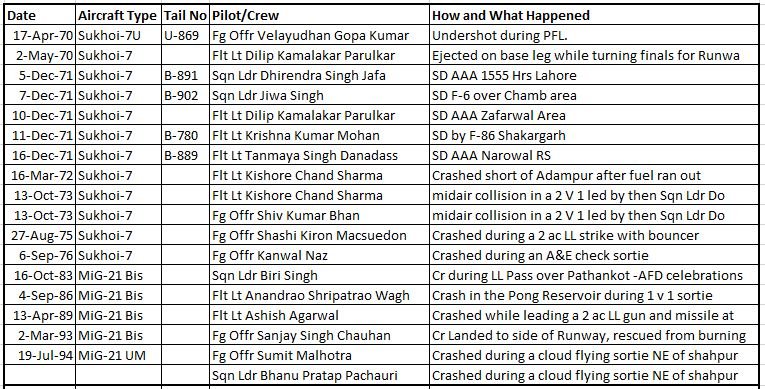






















Each accident or incident is investigated by an independent Court of Inquiry (COI) consisting of specialists from various fields. The determination of causes of accidents and incidents and the timely introduction of preventive measures together with their implementation constitute the core of the Indian Air Force’s (IAF) flight safety program.

Different COI has been set up by different governments.
Let’s have a glimpse of some observations and the suggestions by COI set up in the year 2003.

After the COI report, IAF promised the below actions to be implemented: –
Everyone has the question“Has IAF Taken Concrete Actions To Avoid Loss Of Our Brave Men? It seems Inexplicable As IAF Crashes Are Still Going On? So, What’s the Real Reason? Is IAF Coping With An Ageing Fleet? Is That The Only Reason? Absolutely Not… If We Look Closely, It Seems That The High Rate Of Crashes Also Puts A Question Mark On The Training Aspects, And Ambitus Aircrafts Procurement, And Of Course The Flight Safety Standards As Well”.
[1] How many does IAF need? | Deccan Herald
[2] Indian Air Force Accidents and Incidents [www.bharat-rakshak.com]
[3] https://eparlib.nic.in/bitstream/123456789/66211/1/13_Public_Accounts_60.pdf
DISCLAIMER: The author is solely responsible for the views expressed in this article. The author carries the responsibility for citing and/or licensing of images utilized within the text.
